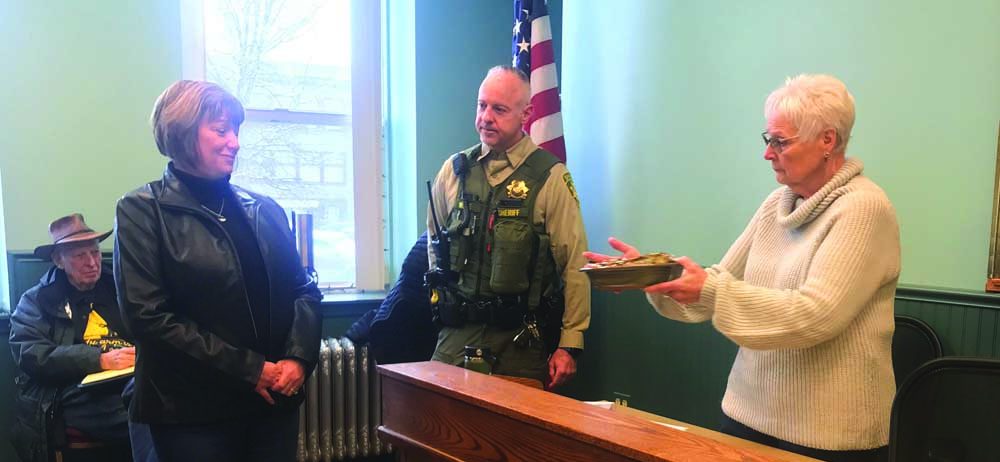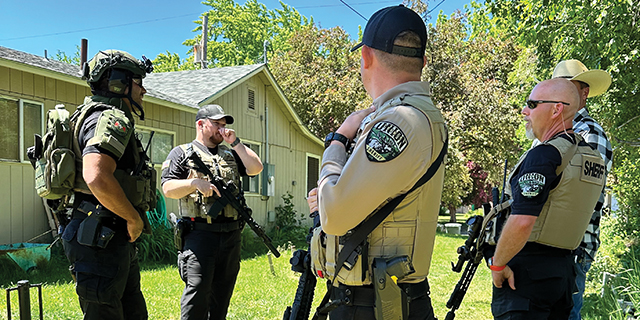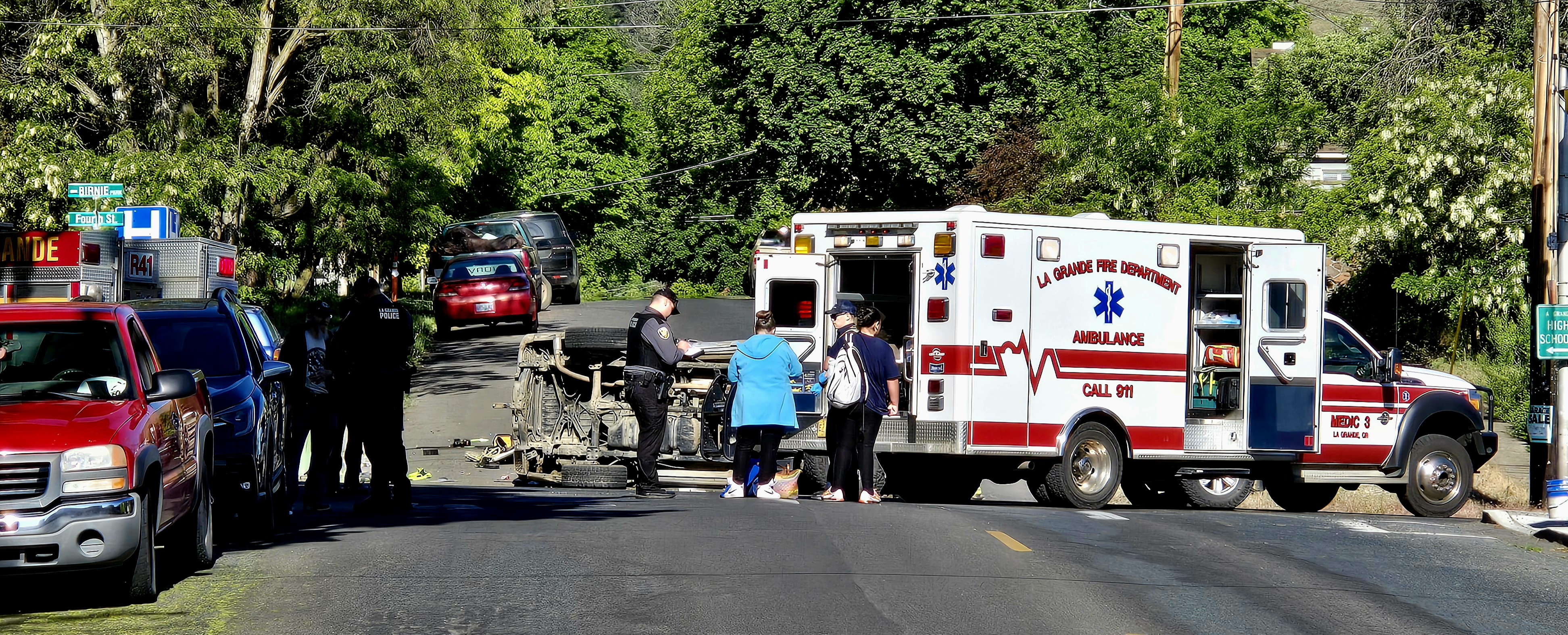Summit explores wealth gap among Oregon minority homeowner households
Published 1:00 pm Tuesday, January 18, 2022

- Vickers
SALEM — The Black and Latino homeownership rate is lower than average across every age group, and Black and Latino households see less generational wealth, affecting individual net worth. This is true across the nation and in Oregon, according to industry experts.
This was one takeaway from the 2022 Housing Economic Summit, which featured nationally recognized speakers as well as local experts in the areas of housing, regulation and economics and a variety of issues that will impact housing in Oregon in 2022 and beyond.
At the summit, presenter Alexandra Lee, economist with Zillow, said that racial disparities in housing and wealth have persisted for decades. Lee said her research shows the Black and Latino homeownership rate is about 30% lower than white and Asian homeownership rates in Portland, and persists across every age range.
“Because homeownership is lower in minority households, that means less opportunities for families to build wealth through gains in home equity,” Lee said. “The lower homeownership rate and home values among Black and Latinx households to begin with further contributes to cycles that contribute to lower wealth across generations. While the wealth of white households continues to increase significantly after primary productive years, Black and Latinx households see much smaller gain across age.”
Homeownership makes up a larger share of Black household total assets, at an average of of 68%, compared to white households, whose homeownership makes up about 58% of all assets, her research found.
“This means Black and Latinx households have a lot to gain, but a lot to lose from continued disparities because a lot of their wealth is tied to their home,” Lee said.
Lee’s research shows the wealth gap between white and Black households is at $3 trillion.
“Those disparities are in large part because of disparities in the market,” Lee said. “People of color are more likely to be victims of predatory lending, or not have credit history at all. Credit history is the No. 1 reason home loans are denied to Black applicants. Credit could be a main driver in closing that wealth gap.”
Lee said some institutions buck this trend, and small lenders had much lower denial rates than medium and large institutions.
Lee noted that $1.2 trillion of that $3 trillion gap “could be eliminated by homeownership. So that means if a typical Black home was worth the same as a typical white home, that would act for about half of that $1.2 trillion housing inequality measure of that wealth gap. If Black homeownership grows by 30% to be on par with white homeownership, it would also close by half — obviously, those would be a huge improvement.”
After Lee’s presentation, a panel discussed possible strategies to bridging the gap.
Increasing access to lending
Panelist Alex Phan, diversity committee chair with Oregon Realtors, said everything ties back to access to financial literacy and simplifying the educational process.
“So many communities of color, a lot of times depending on households, don’t have that opportunity to learn some of those critical (financial literacy) things,” Phan said. “It all starts with understanding credit, how it functions, how we use it to build ourselves to the opportunity that we can enter homeownership. Oregon Realtors really believe that’s important.”
Panelist Chabre Vickers, vice president and local community development officer with Wells Fargo, said that Oregonians are doing a fantastic job addressing the issues through policy, public-private partnerships and nonprofits. Wells Fargo has a NeighborhoodLIFT down payment assistance program that Vickers said already has helped 24,000 Americans become homeowners.
“Down payment assistance is so important when folks need to cross the line, have already worked on their credit, but don’t have built-up wealth passed from family. Down payment assistance is going to make the difference in getting to closing,” Vickers said. “We recognize intentionality is paramount to success. (We need to) elevate the conversation around exactly what we talked about — understanding how to increase access to lending.”
Vickers said in the last year, the Oregon Bankers Association launched the BIPOC (Black, Indigenous and people of color) Task Force, which is a group of banks coming together to be intentional about supporting BIPOC across the U.S.
Vickers said the program launched with the goal that 75% of the homeowners it helped would be BIPOC homeowners, and that rate is currently over 83% — a success.
“We launched a BIPOC task force really looking at how banks as a whole can come together and impact and benefit in particular BIPOC members across the state,” Vickers said. “When you see programs that are working, understanding how to be part of that and invest early on is a part of what will help us get toward our goals. If we as a group were to look at that on a pretty deep level, really understand how we got there and really consider the mechanisms of how we maintain the status quo.”
Vickers said looking at appraisal equity shown in Lee’s summit presentation, in the end, when minority households want to sell their property and garner wealth for their families, the values come out lower.
“We need to increase accountability around credit bureaus, how credit inhibits access to lending, and as a financial institution we need to ask ourselves how our underwriting is restricting communities of color, in particular Black and Latinos, that would be homeowners from access to this lending,” Vickers said. “There are so many programs that are working, but we need to scale them up.”
Resources for minority and first-time homebuyers:
www.nl.wfhmconsumerevents.com
www.oregonrealtors.org/homebuyer-resources
www.financialbeginnings.org





